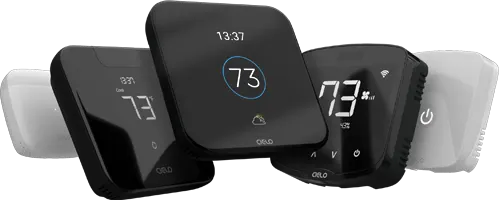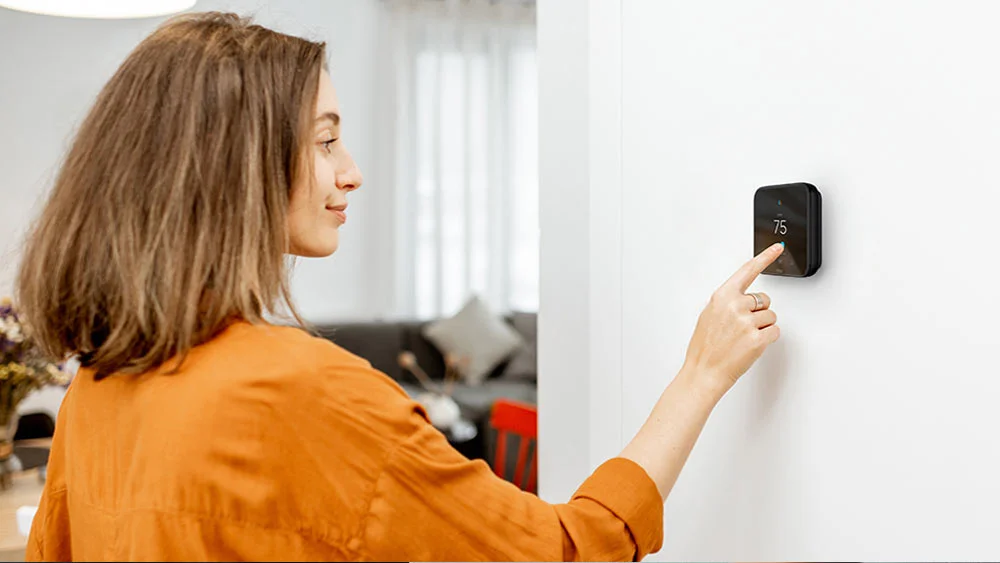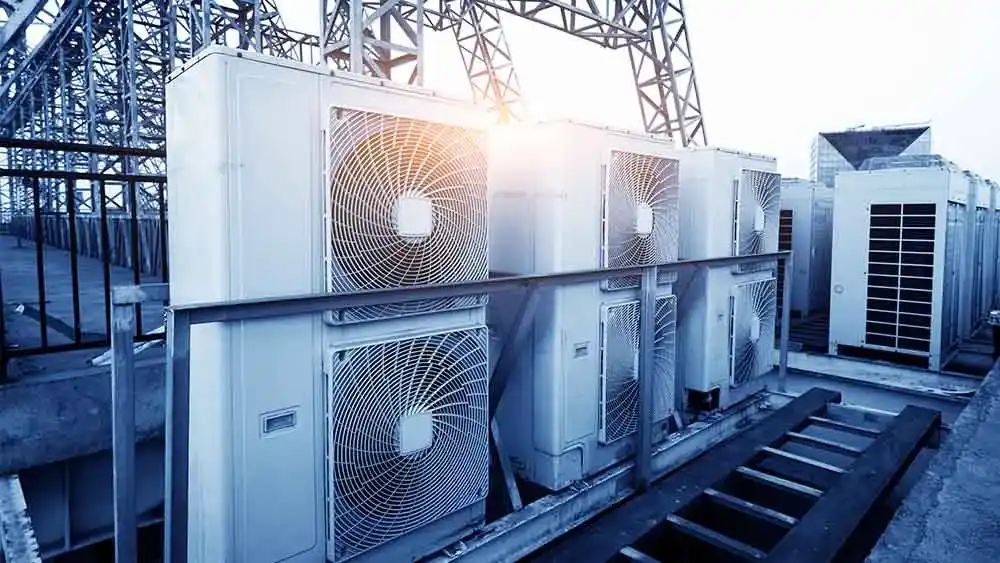
Key Takeaways
- Climatic concerns and rising electricity demand are driving the shift toward energy-efficient HVAC technology.
- Harmful refrigerants like R-410A and R-22 are being phased out due to their high Global Warming Potential (GWP).
- A growing number of Americans are prioritizing smart HVAC technology and are willing to invest more in it.
HVAC market will rise from $174.58 billion in 2025 to $256.95 billion by 2032. That’s a massive shift fueled by new technologies and a stronger focus on energy efficiency.
From advancements in energy efficiency to smart automation, these changes present new opportunities to drive growth. This article is a round-up of the top HVAC industry trends and statistics to understand in 2025. Here’s a breakdown of what is covered.
HVAC & Environment: The Push for Sustainability
With global warming disrupting the climate, more and more homeowners are concerned about their energy usage and express concerns about their carbon footprint. This increased sense of social responsibility is at the forefront of a shift towards efficient HVAC technology to reduce electricity consumption.

- The energy-efficient HVAC systems market is forecasted to grow by $25.40 billion at a CAGR of 10.7% by 2029.
- Investing in more efficient HVAC systems could cut future cooling demand by 45%.
- Modern heat pumps are designed to reduce electricity use for heating by up to 75% compared to furnaces and baseboard heaters.
- The US Department of Energy now requires residential central systems to have a Seasonal Energy Efficiency Ratio (SEER)—a measure of a system’s cooling performance—of at least 14 SEER in northern states and 15 SEER in southern states, a move aimed at lowering energy consumption.
- An ENERGY STAR-certified room air conditioner uses 20-35% less energy than a standard model.
Sources: Technavio, IEA, Energy.gov, The SEER2 Guide, ENERGY STAR
Government Incentives for Switching to High-Efficiency HVAC Systems
Federal, state, and local programs now offer tax credits and rebates to ease the financial burden and accelerate the adoption of energy-efficient heating and cooling systems.
- The Energy Efficiency Home Improvement Tax Credit allows homeowners to claim a 30% federal income tax credit, up to $2,000, when upgrading to high-efficiency heat pumps. Low-income households are eligible for a discount of up to $8,000.
Sources: ENERGY STAR
Eco-Friendly Refrigerants
Traditional HVAC systems have long used HFC refrigerants like R-410A, but these come with a high Global Warming Potential (GWP), making them a major contributor to climate change. In response to environmental concerns, harmful refrigerants are being phased out and being replaced by low GWP level refrigerants like R-32 and R-454 B.

- The American Innovation and Manufacturing (AIM) Act requires the EPA to reduce the production and use of HFCs by 85% by 2036.
- The U.S. Environmental Protection Agency (EPA) has ruled that starting January 1, 2025, all new residential and light commercial air conditioners and heat pumps must restrict the use of higher-GWP HFCs and switch to environmentally friendly refrigerants.
Solar-Powered HVAC
Fossil fuels are responsible for about 75% of global greenhouse gas emissions and nearly 90% of carbon dioxide emissions. This heavy reliance on fossil fuels is a major driver of climate change, making it essential to integrate renewable energy sources such as solar energy.

- Investing in solar panels could help the average U.S. homeowner cut $50,000 from their electricity costs over time.
- Over the last decade, the solar market in the United States has grown at an average rate of 25% each year.
- There are now over 4.8 million solar installations in the US. These range from small rooftop systems on homes to large utility-scale projects that contribute hundreds of megawatts of clean energy to the power grid.
Sources: EnergySage, Solar Energy Industries Association, International Energy Agency
Air Conditioning Usage & Electricity Demand
Rising global temperatures are driving an unprecedented surge in air conditioning demand, significantly impacting electricity consumption. Cooling Degree Days (CDD)—a metric that measures how much cooling is needed to maintain indoor comfort has increased across most regions. Hot weather conditions mean that demand for air conditioning is growing, which results in an increase in electricity consumption.
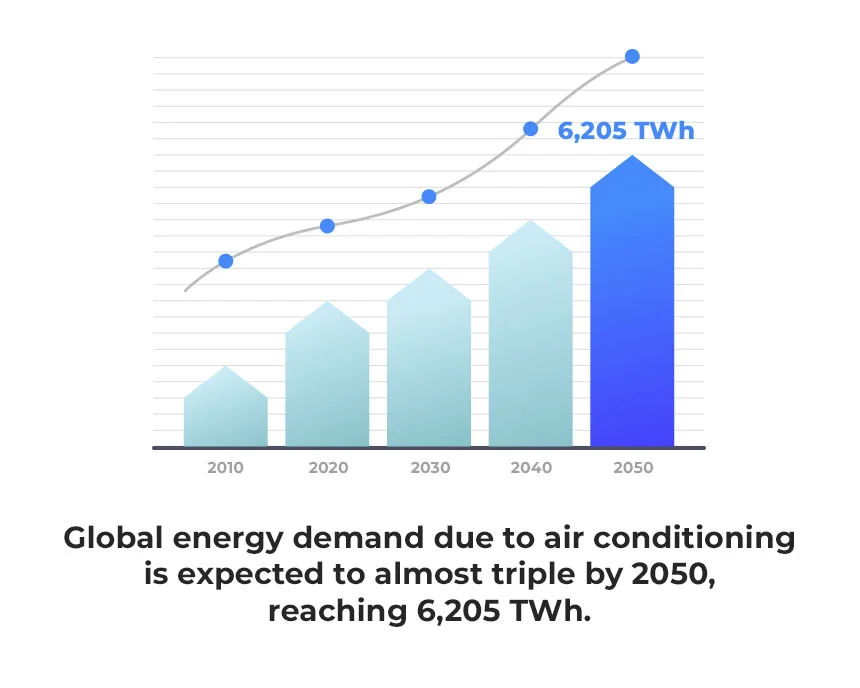
- Currently, air conditioning accounts for 12% of all electricity consumption in the US, a figure that is only expected to rise as temperatures climb.
- Heating and cooling make up about 40% of a home’s utility bills in the US.
- Air conditioning-related energy demand is anticipated to grow almost threefold by 2050, reaching 6,205 TWh.
- Space cooling is projected to drive a 40% increase in electricity demand by 2030.
Sources: Energy.gov 1, Energy.gov 2, STATISTA, IEA
Smart HVAC: The New Industry Standard
As the HVAC industry trend shifts toward smart technology, homeowners are increasingly investing in advanced climate control solutions that enhance sustainability and reduce energy consumption. A recent study found that nearly 64% of Americans are actively seeking out sustainable products and are willing to pay a premium for them.
Smart Thermostats

The HVAC industry is fully embracing the smart revolution, integrating advanced technologies like smart thermostats to enhance comfort, efficiency, and control. Smart thermostats allow you to manage temperature settings remotely, track energy usage, and automate climate adjustments based on daily routines. This shift not only improves convenience but also promotes energy conservation and cost savings.
Equip your HVAC system with smart features and achieve the perfect balance between comfort & savings.
Learn more
- The US smart thermostat market is projected to grow to $3.86 billion by 2029.
- North America leads the global smart thermostat market, accounting for more than 61% of total revenue in 2024.
- Consumer satisfaction remains high—eight out of ten homeowners who own a smart thermostat say they would buy another in the future.
Fortune Business Insights, GrandViewResearch, STATISTA
IoT-Connected Devices
The Internet of Things (IoT) refers to a network of devices connected to the internet that can communicate with each other. In the HVAC industry, IoT plays a crucial role in optimizing energy efficiency and improving comfort.
An IoT-enabled HVAC system, for instance, can learn your schedule and manage energy usage during peak times to lower your bills. It can even alert you or a technician if it detects a potential issue.
- Studies indicate that IoT-connected HVAC can reduce energy waste by up to 30%, offering significant cost savings.
Sources: ResearchGate
AI-Powered Predictive Maintenance
AI-powered predictive maintenance is transforming HVAC operations. AI algorithms analyze data patterns and predict potential breakdowns before they happen.
- The global predictive maintenance market is projected to grow from $10.6 billion in 2024 to $47.8 billion in 2029 at a CAGR of 35.1%.
Sources: MARKETSANDMARKETS
Indoor Air Quality (IAQ) Is a Top Priority
The shift in Indoor Air Quality (IAQ) technology is moving beyond passive filtration toward active air purification and smart automation.
A major driver of this change is the rise of sensor-based air quality monitoring. Modern HVAC systems are now equipped with IAQ sensors that detect pollutants, humidity levels, and CO₂ concentrations, automatically adjusting ventilation and filtration to maintain optimal conditions.
- The global air quality monitoring market is projected to reach $7.39 billion by 2026, reflecting the growing demand for real-time air management.
- UV-C light can eliminate up to 99.9% of airborne pathogens, making it a powerful tool against viruses, bacteria, and mold.
Sources: Global Newswire, Science Direct
HVAC Industry Trends in the Workforce
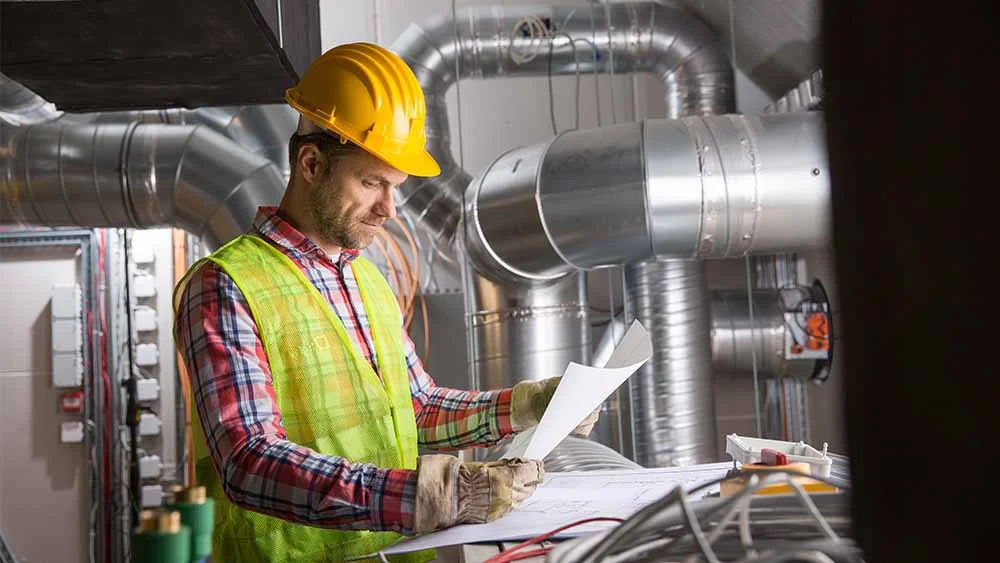
The demand for HVAC mechanics and installers is rising, with job growth expected to continue through 2030.
- HVAC employment is projected to grow by 8% by 2030, with 38500 job openings per year.
- HVAC technicians earn an average of $49000 per year, with starting wages around $36000.
- An HVAC installer can expect to make about $75000 annually, and for those who move up to a supervisor role, salaries can reach around $95000 per year.
- HVAC technicians in Denver, CO, earn $32.70 per hour, which is 12% above the national average.
Sources: Forbes, Jobber, Indeed 1, Indeed 2
Looking Forward: What to Expect From the HVAC Industry
With rising electricity demand, stricter climate policies, and workforce challenges, the HVAC industry is at a turning point. HVAC industry trends are expected to focus on energy efficiency and sustainability in the coming years. HVAC manufacturers are now developing products that use cutting-edge technology to reduce energy consumption. With the continued improvement in air conditioning efficiency, they will use less electricity, which can help to lower overall demand. Smart HVAC technology is anticipated to become even more popular among homeowners to lower energy usage and reduce carbon footprint.




